



Pure thoughts, pure milk—Ananda delivers goodness in every drop!

Not just milk, but a commitment—Ananda ensures purity in every action!

Pure in promise, pure in taste—Ananda delivers goodness without a waste!


From humble beginnings to a distinctive position in the market, Ananda leads by example. A warm welcome to Ananda! Embarking on a journey of success requires leadership, preparedness, foresight, and strategy—essential elements that pave the way for growth and high-quality operations.
In the dairy industry, every drop of milk acts as a pivotal force, tilting the balance of life toward health and fitness. Ananda is committed to offering consumers pure milk, ensuring that each drop reflects our dedication to quality. As the dairy industry has evolved in India, so have the standards of production, and Ananda remains at the forefront by sticking to the principles of purity and using 100% natural ingredients.
Ananda doesn’t just focus on quality products; it is also dedicated to the greater good. By creating employment opportunities and supporting local farmers, Ananda fosters community development and sustainability. This commitment not only strengthens the local economy but also ensures that the milk supplied is sourced ethically and responsibly.

About Us
It all began with our Siyana factory in Bulandshahr in 1989, when the company was set up by our visionary Chairman, Dr. Radhey Shyam Dixit, during Phase-III of Operation Flood, which is also known as the White Revolution of India. The success of Operation Flood is also known to have made India the largest milk-producing country in the world. Ananda started its journey from Siyana Factory on 15th Nov 1989 and Birth Date of “Ananda Group”
About Us
Incorporation of Ananda Agro Retail Business came on 8th July 2003 and incorporation date of Ananda Dairy Foods P. Ltd came on 27th July 2004
About Us
For FY 2007-2008, we achieved a turnover of 100 Cr. This was after the Birth of the “Dairy India” Brand and the takeover of Dairy India P. Ltd in 2008. Ananda Dairy achieved 200 Cr Turnover in FY 2009-10
About Us
Ananda achieved 300 Cr Turnover in FY 2011-12. We launched Ananda Express Paneer Salesforce in Delhi/NCR on 1st June 2012. The Birth of the “G+” Brand happened especially for Retail Business on 10th Sept 2012. We launched product “T20”, especially for the Tea segment in Sept 2012. 2014 marked the launch of Ananda Express in Lucknow City. In FY 2013-14, we achieved a turnover of 700 Cr.
About Us
We reached a new milestone in 2017 by manufacturing and supplying over 50 products, and our well-monitored milk-processing centers have increased their capacity to handle 16 lakh liters of milk per day. With over 10 lakh liters per day of milk collected from more than 2.5 lakh farmers in more than 5000 village societies, we cater to the dairy needs of our increasing client base. We have 32 chilling centres that ensure that milk is kept safe for a long time before it goes to the nearest processing centre. Over the years, we’ve launched an ever-growing range of initiatives to source sustainable supplies of fresh, pure, and nutritious products directly from the farm – a sentiment close to Ananda Group’s heart. Ananda Group Turnover in FY 2017-18 is worth 1725 Crore.
About Us
In 2025, Ananda created history by achieving Guinness World Record in making the world's largest paneer slab. In 2023, Ananda Dairy was honored with the "Best Quality Dairy Products" award at the Global Achievement Awards organized by Topnotch Foundation. Ananda Dairy inaugurated its fifth milk processing plant in Raebareli, Uttar Pradesh, enhancing its production capacity.
Our Reviews
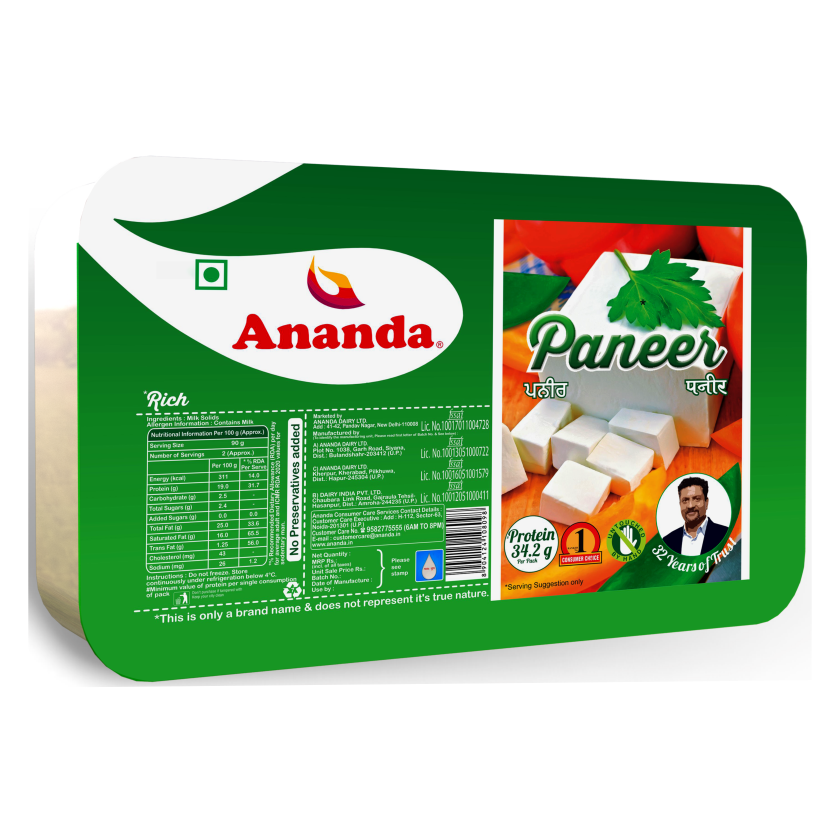


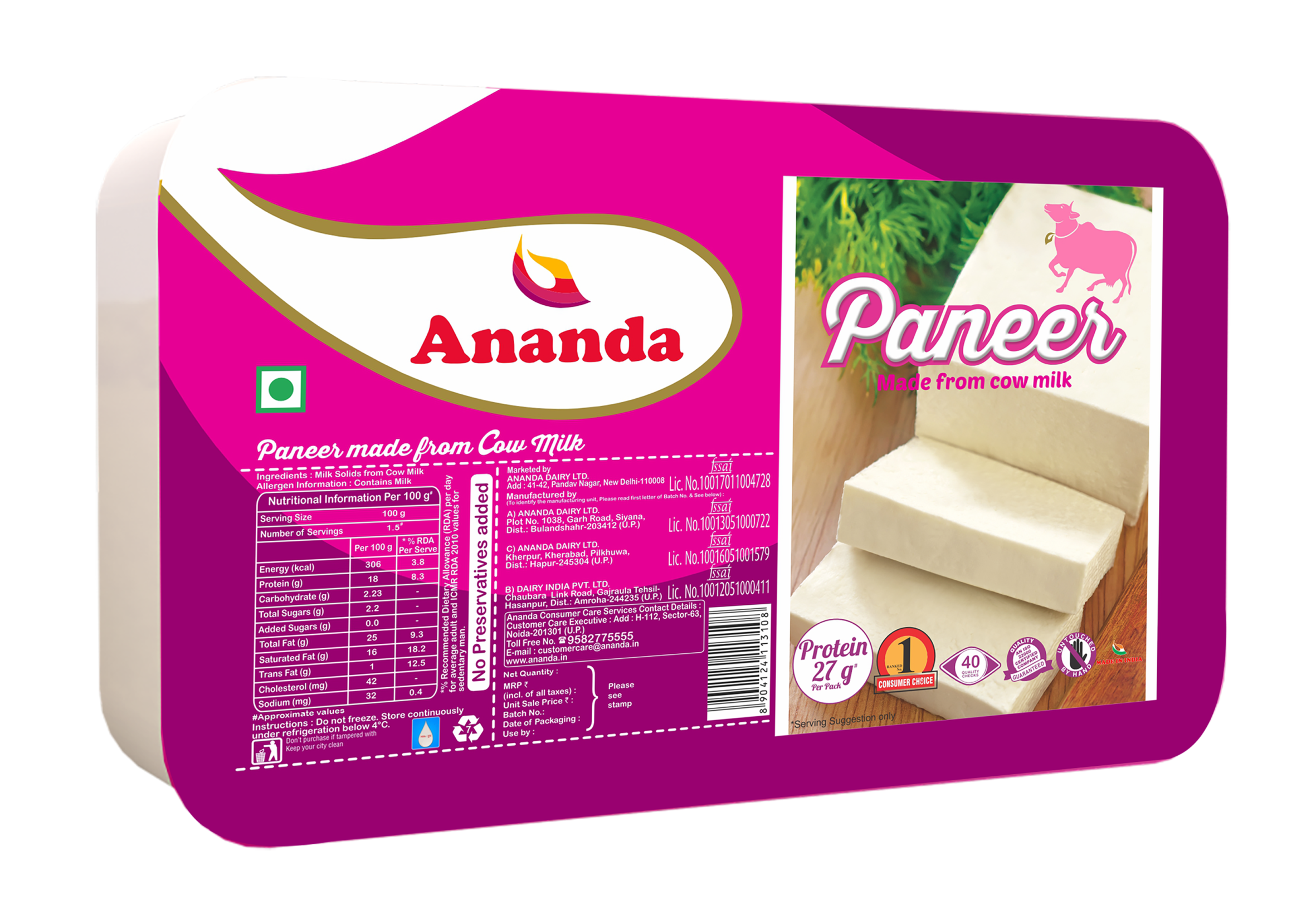

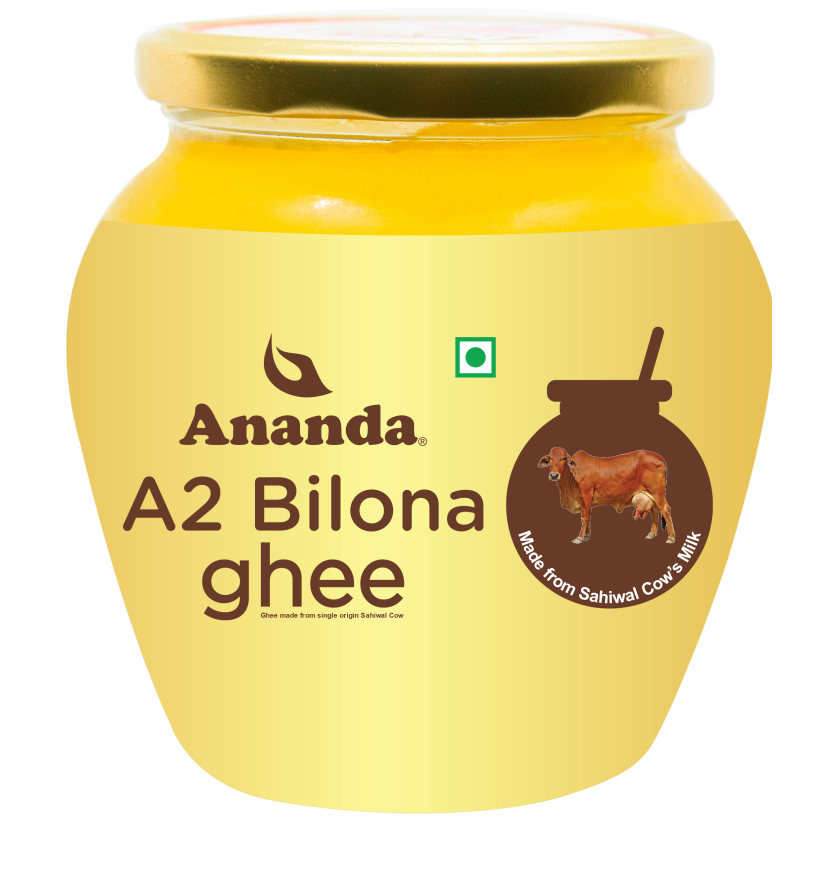


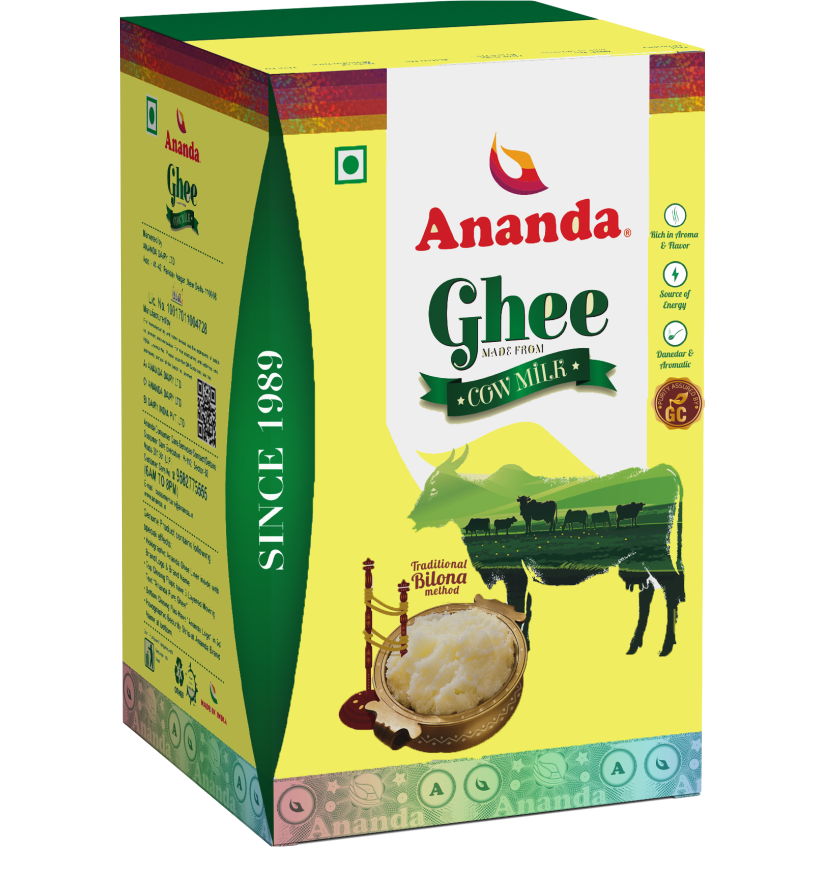








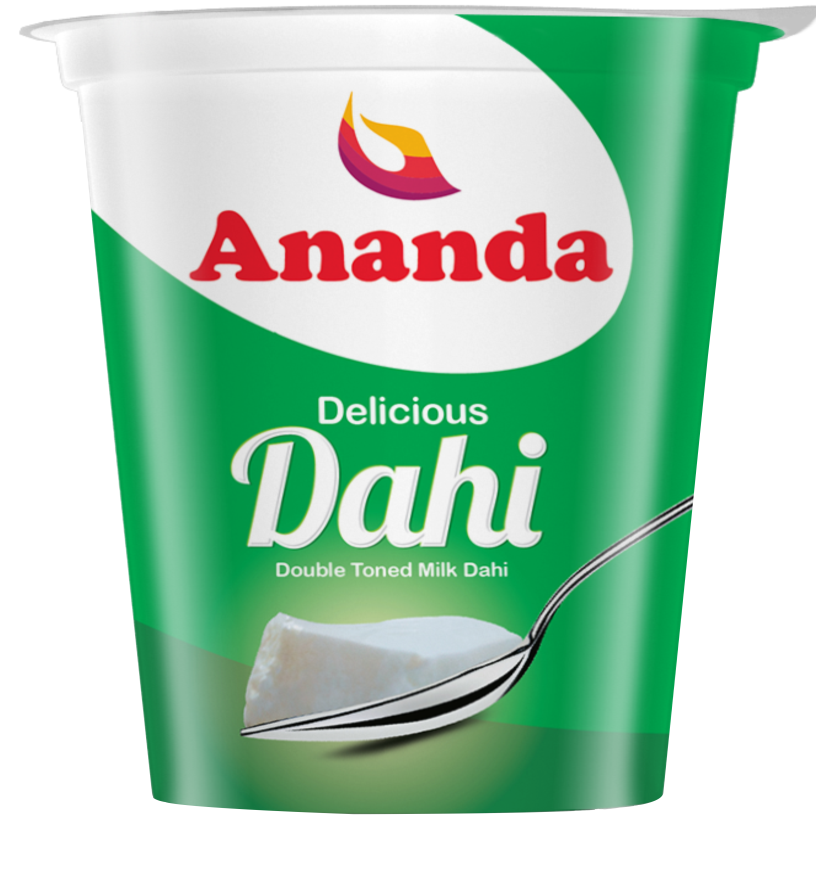









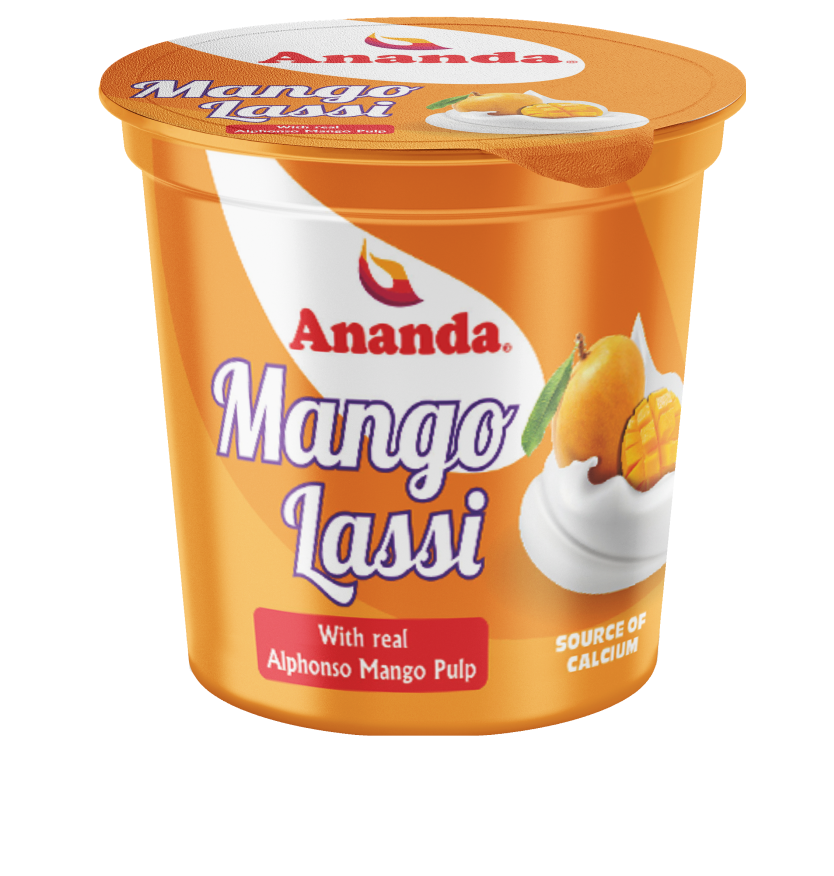

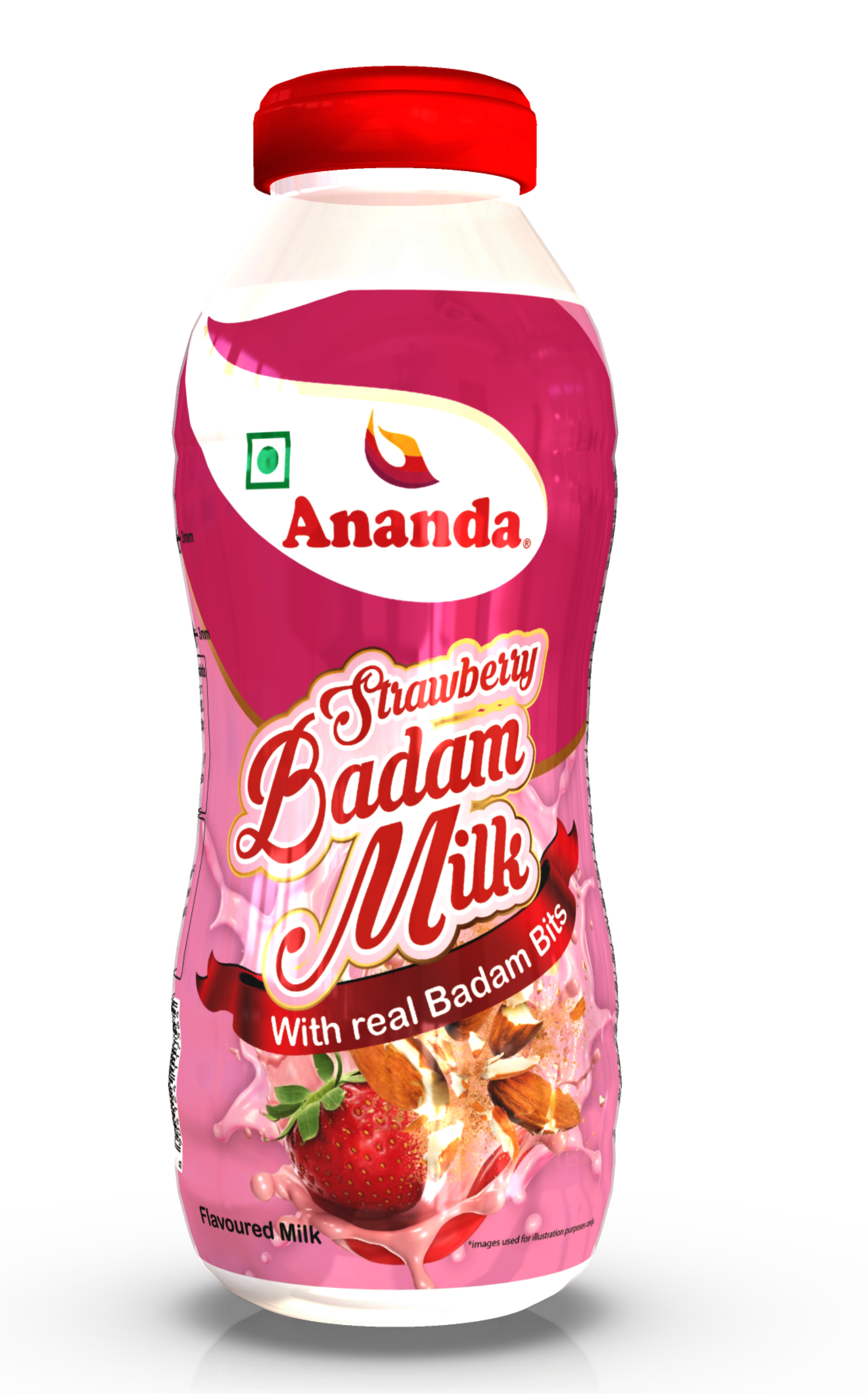




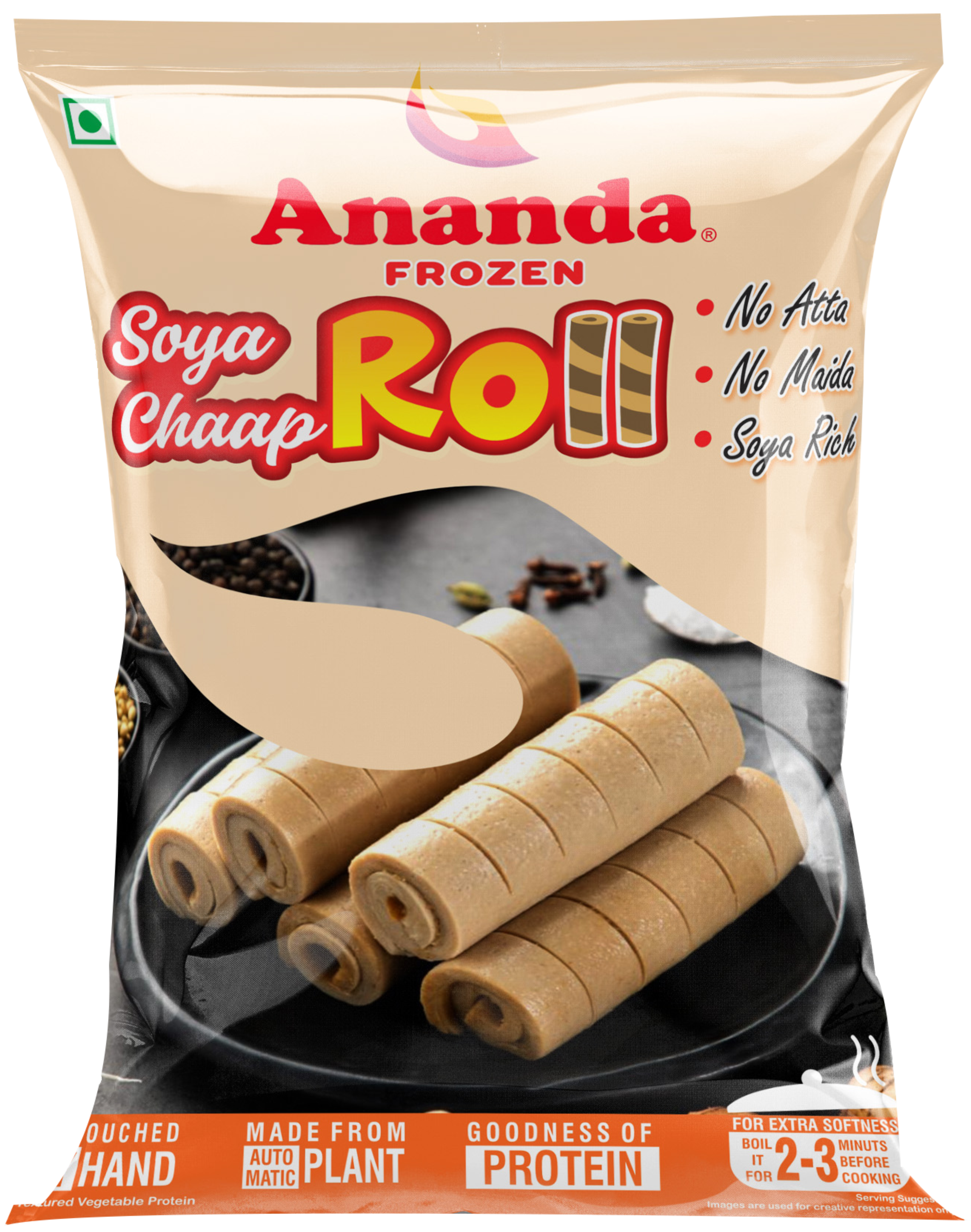



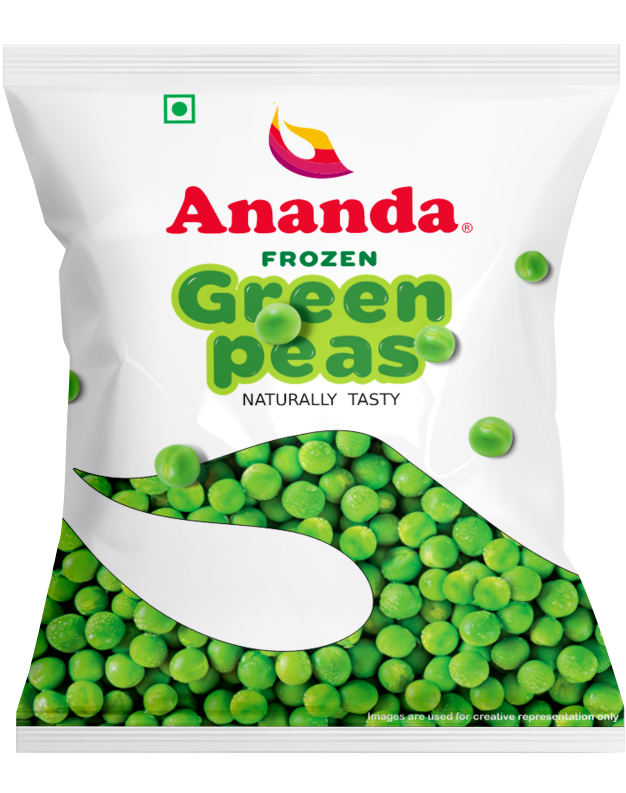




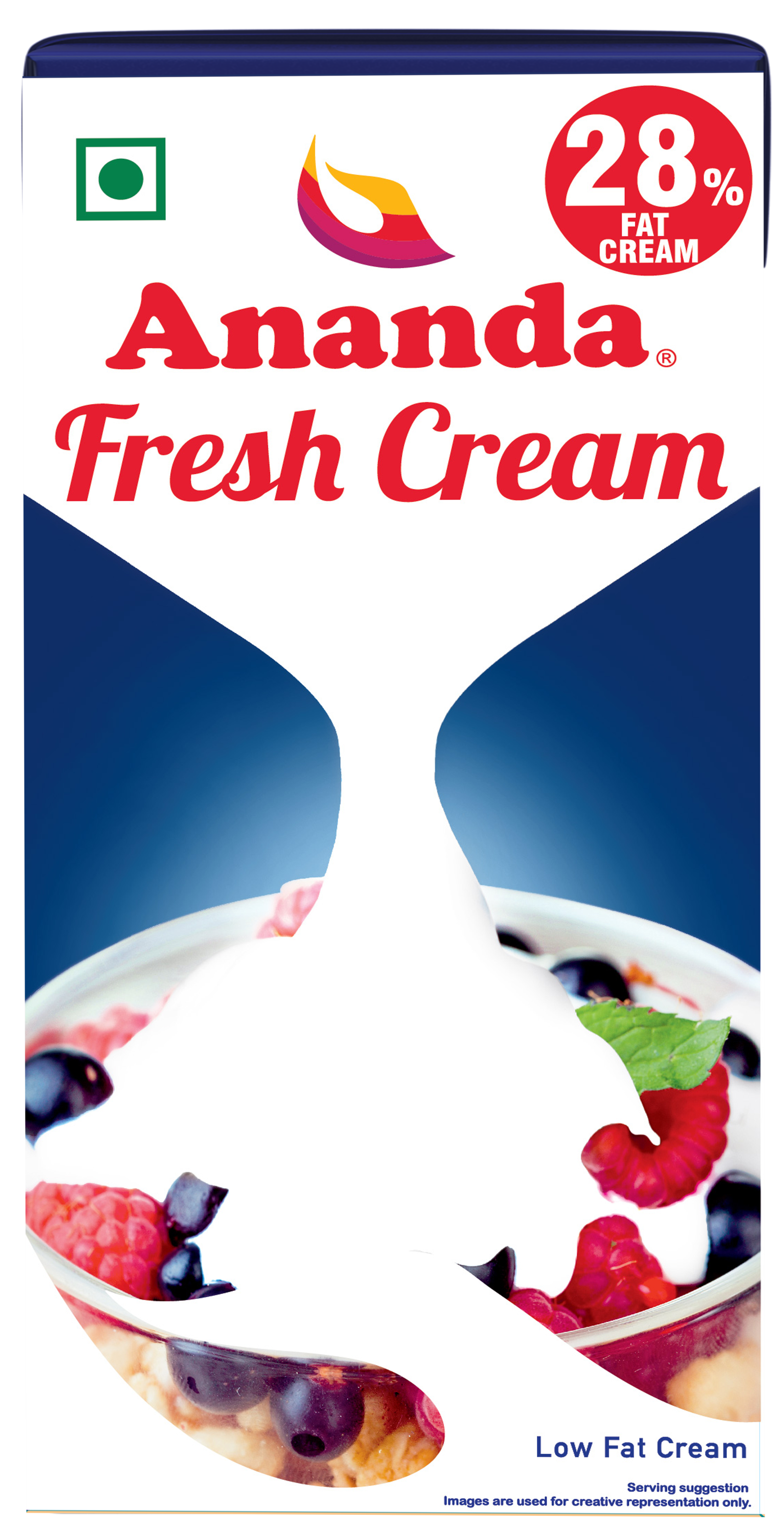



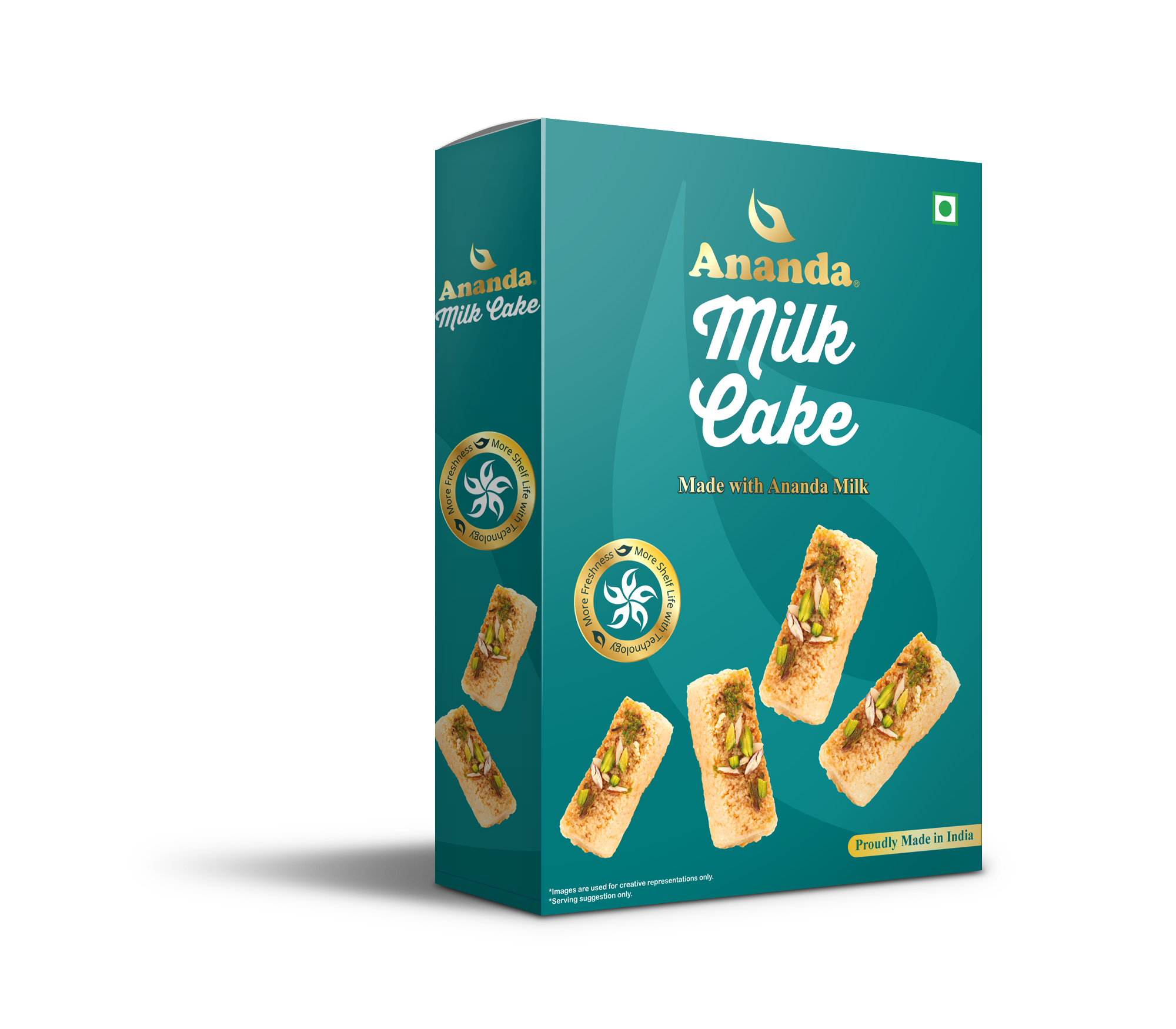


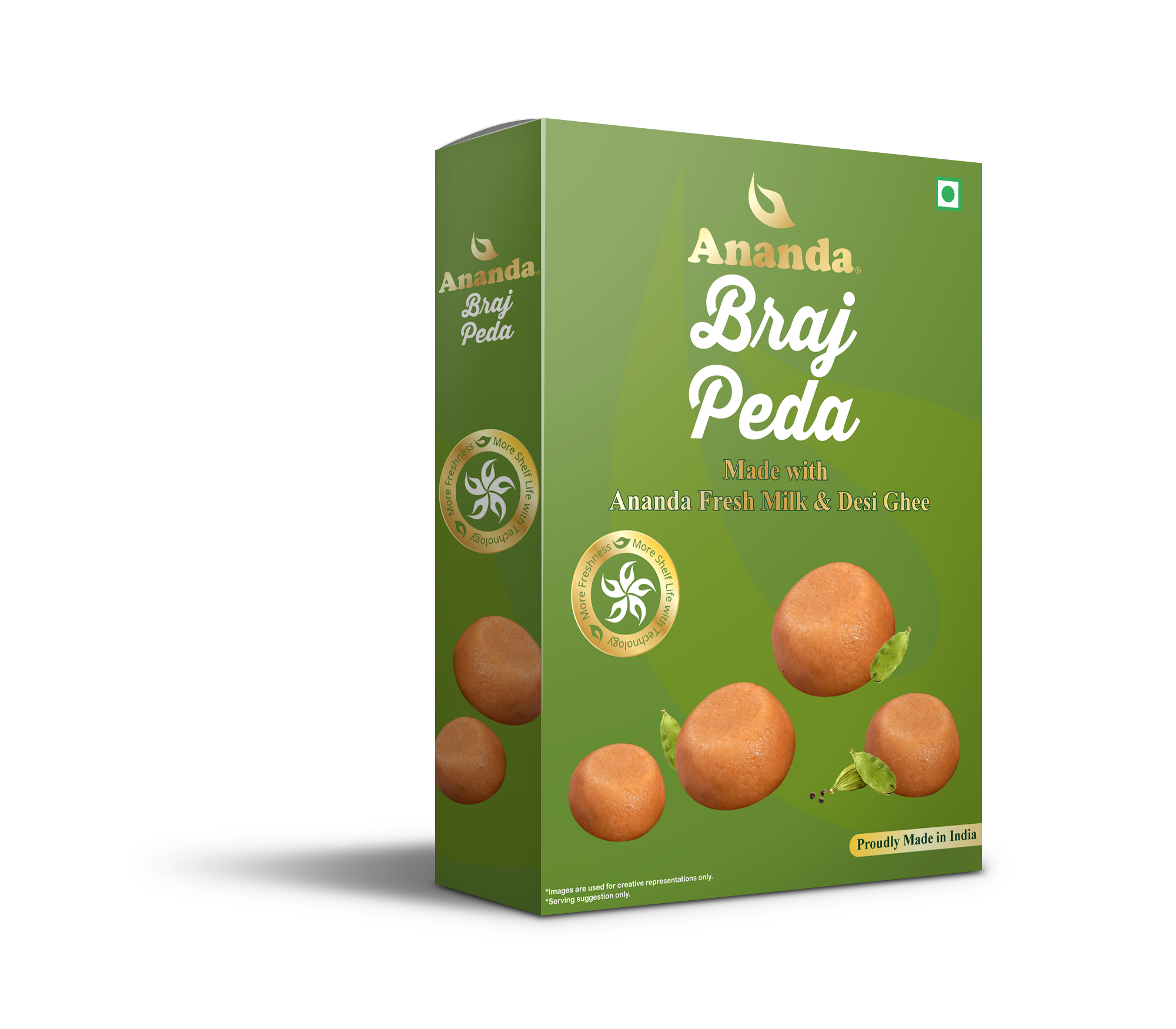






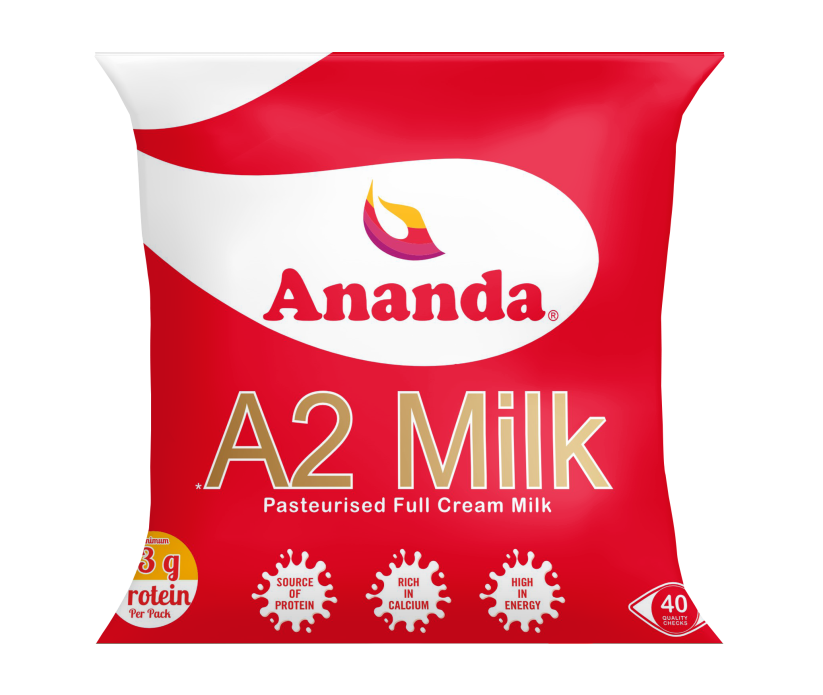




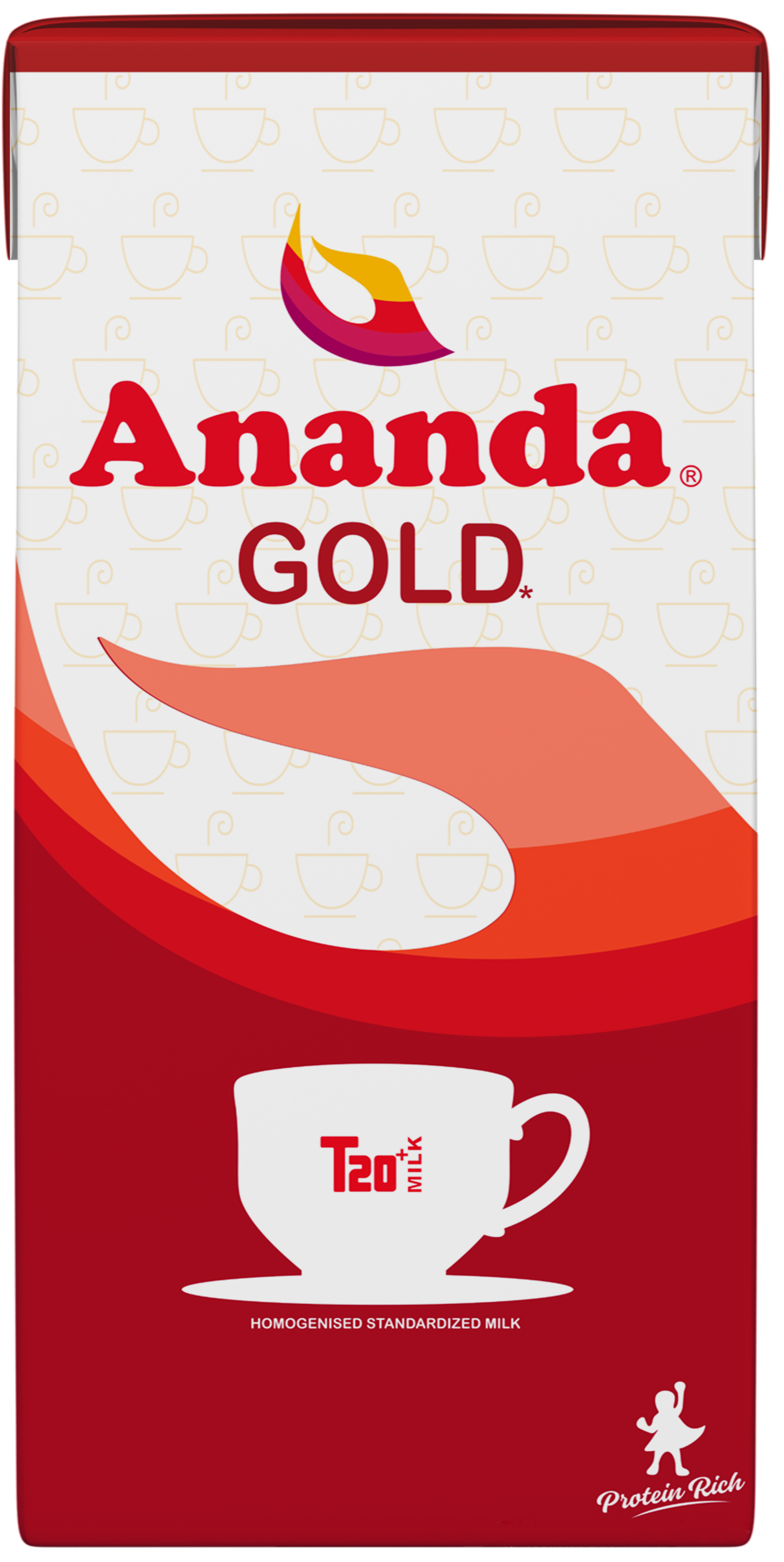


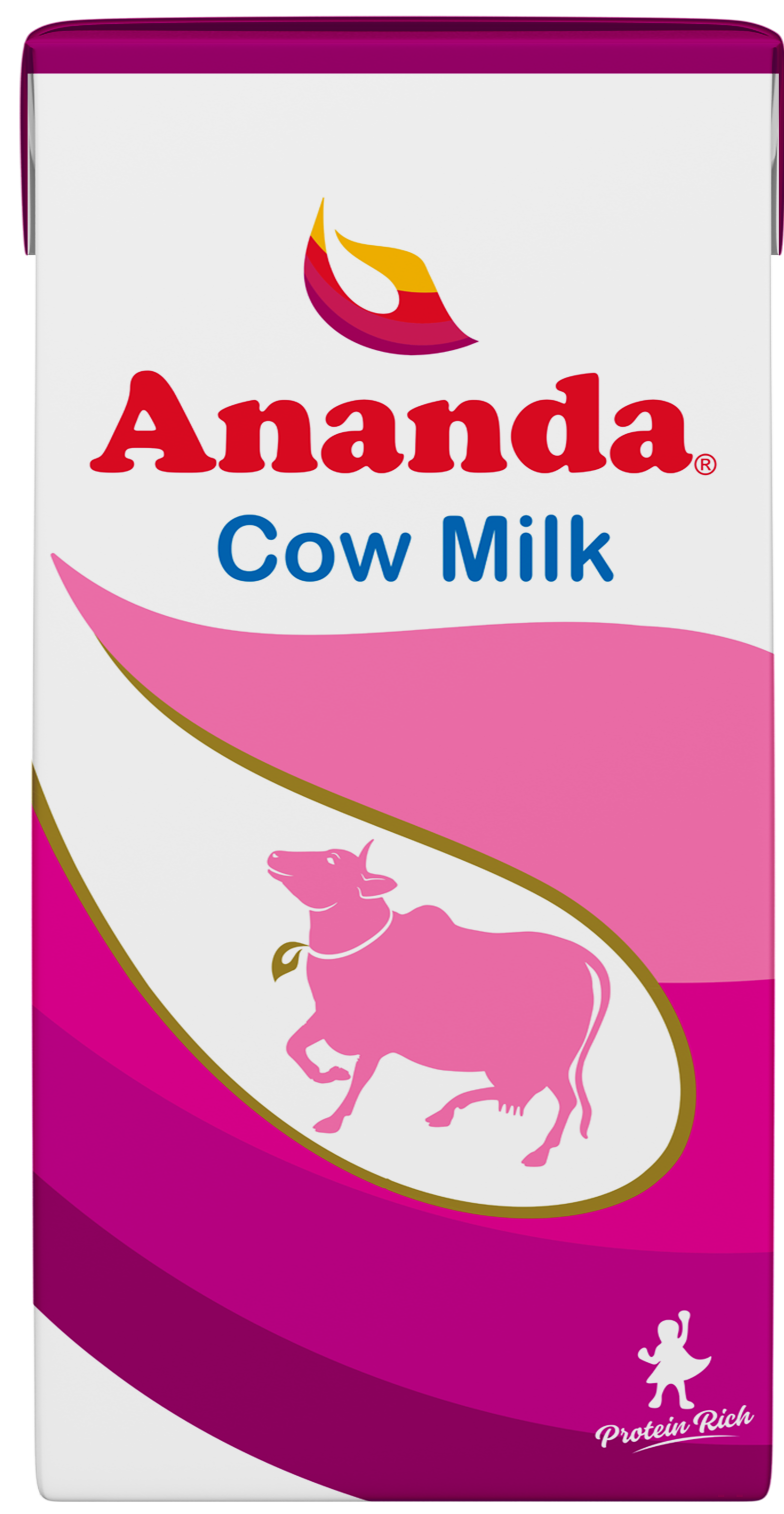





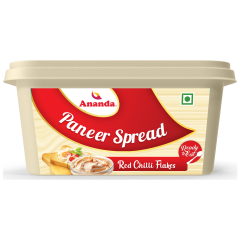








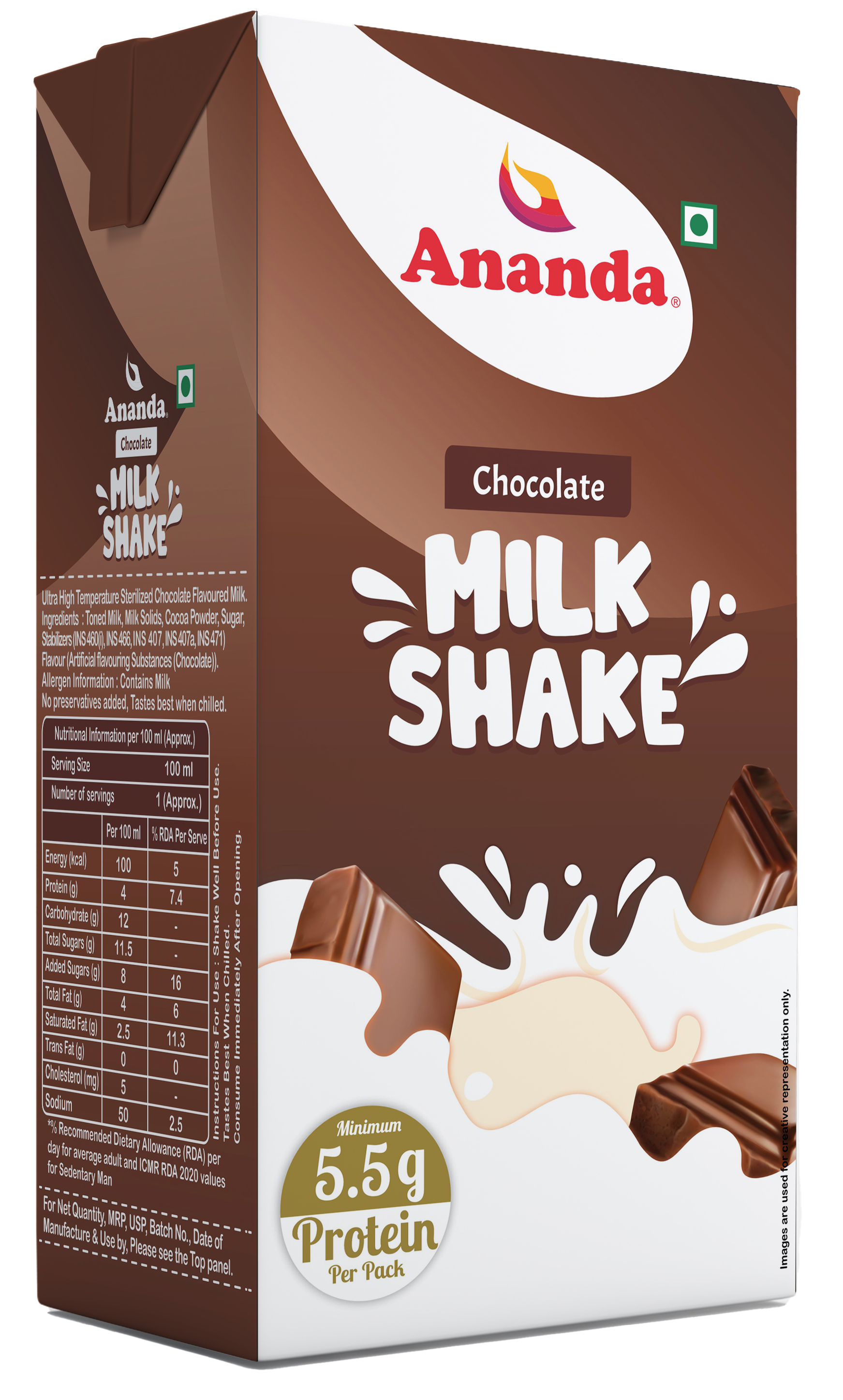


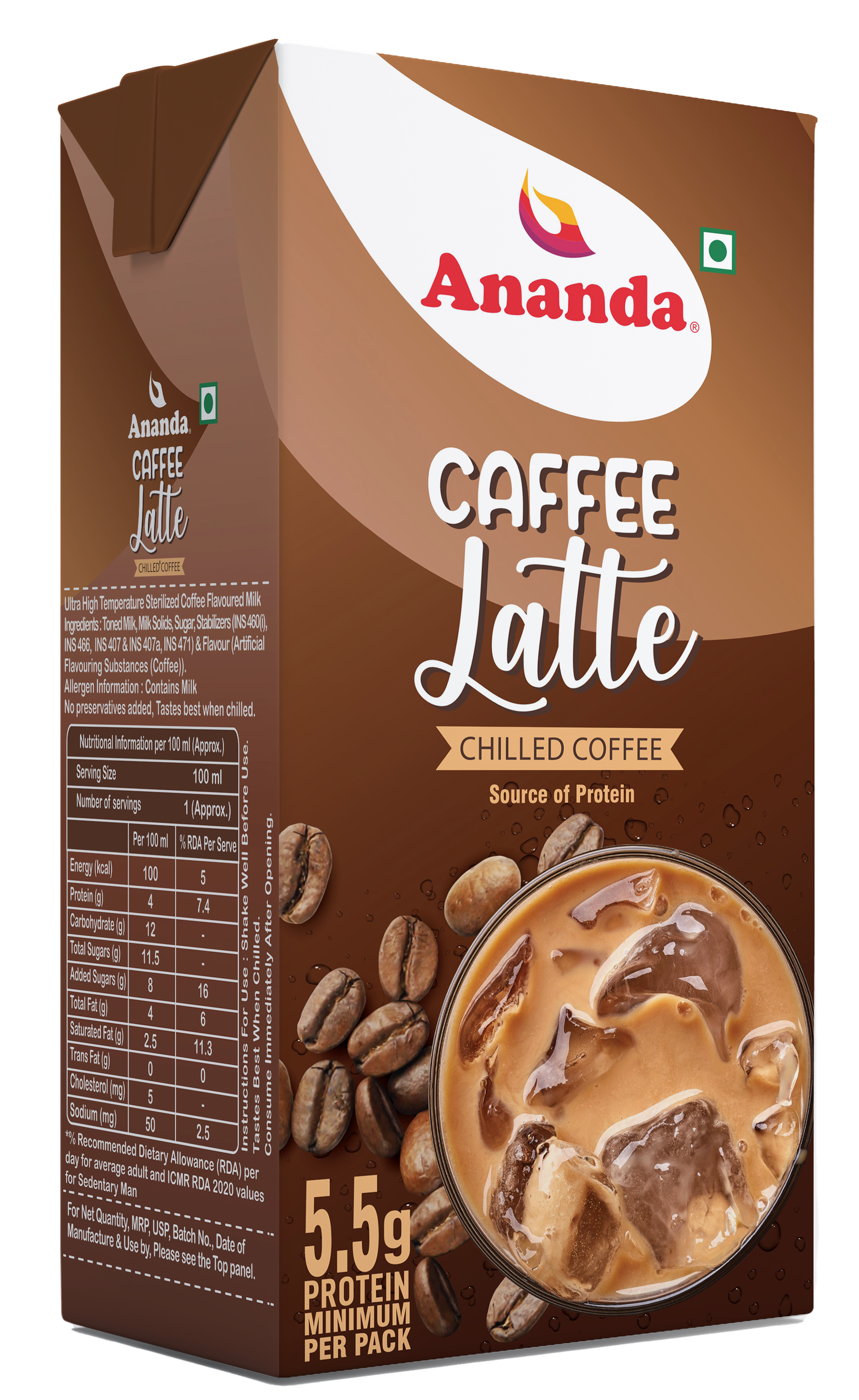

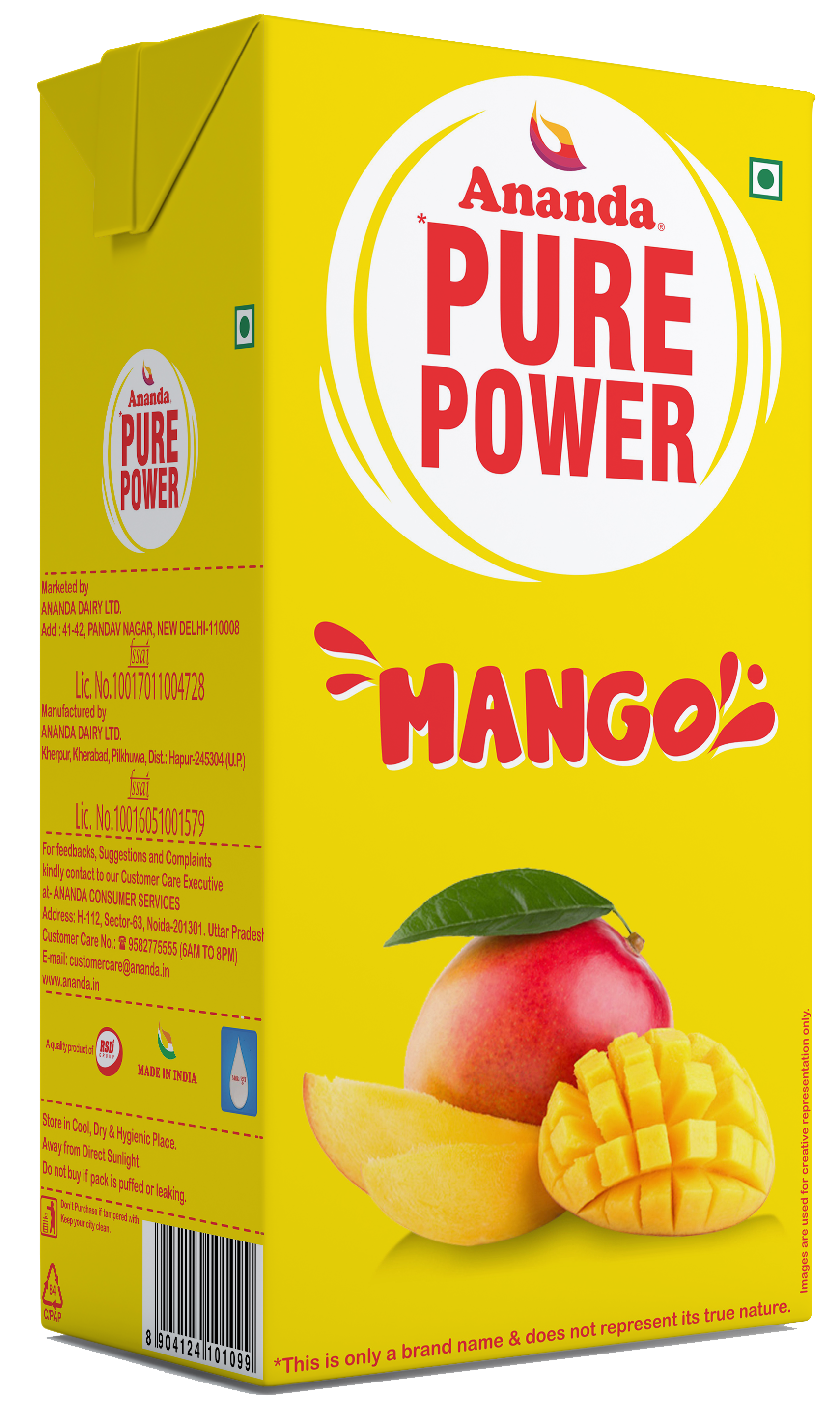


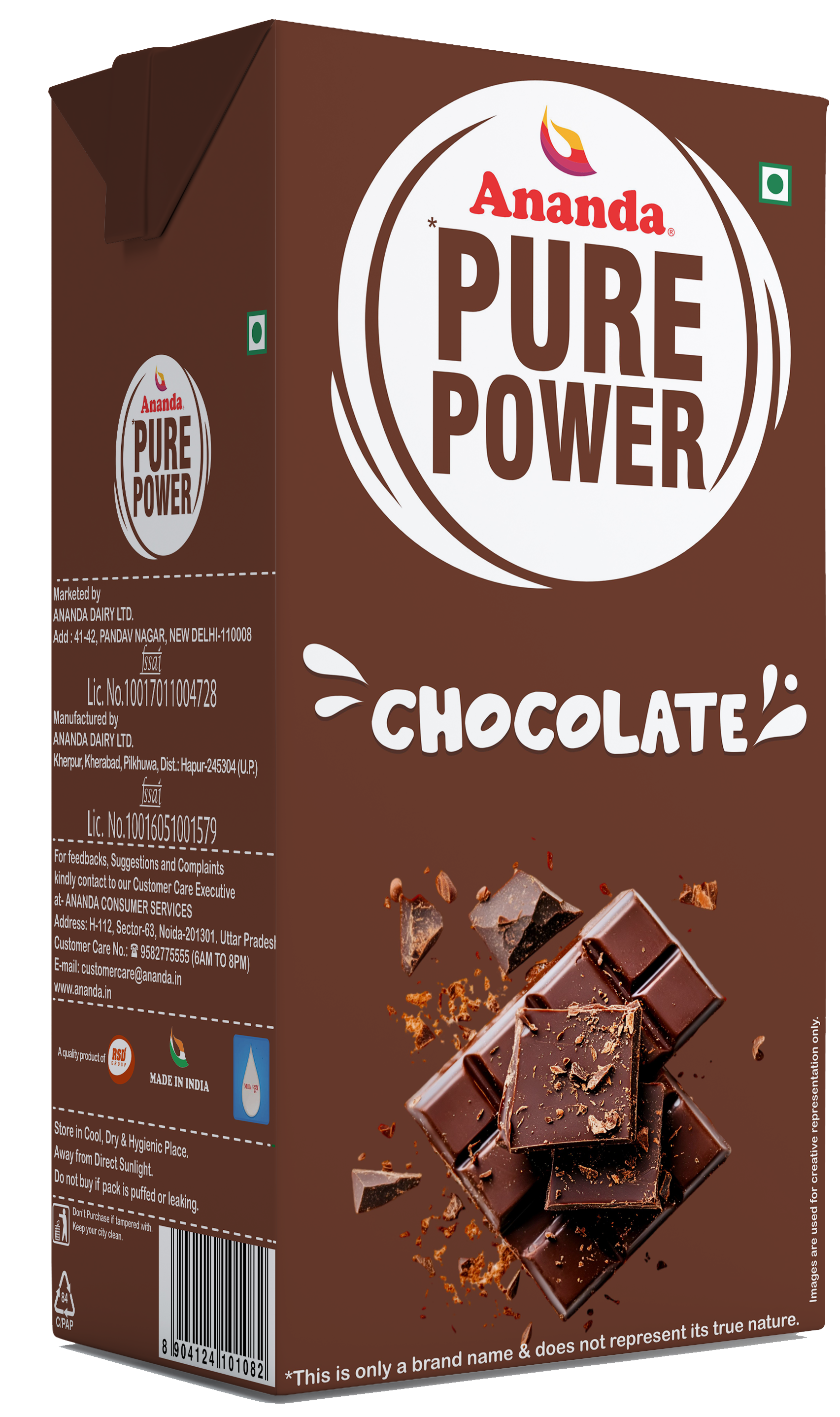




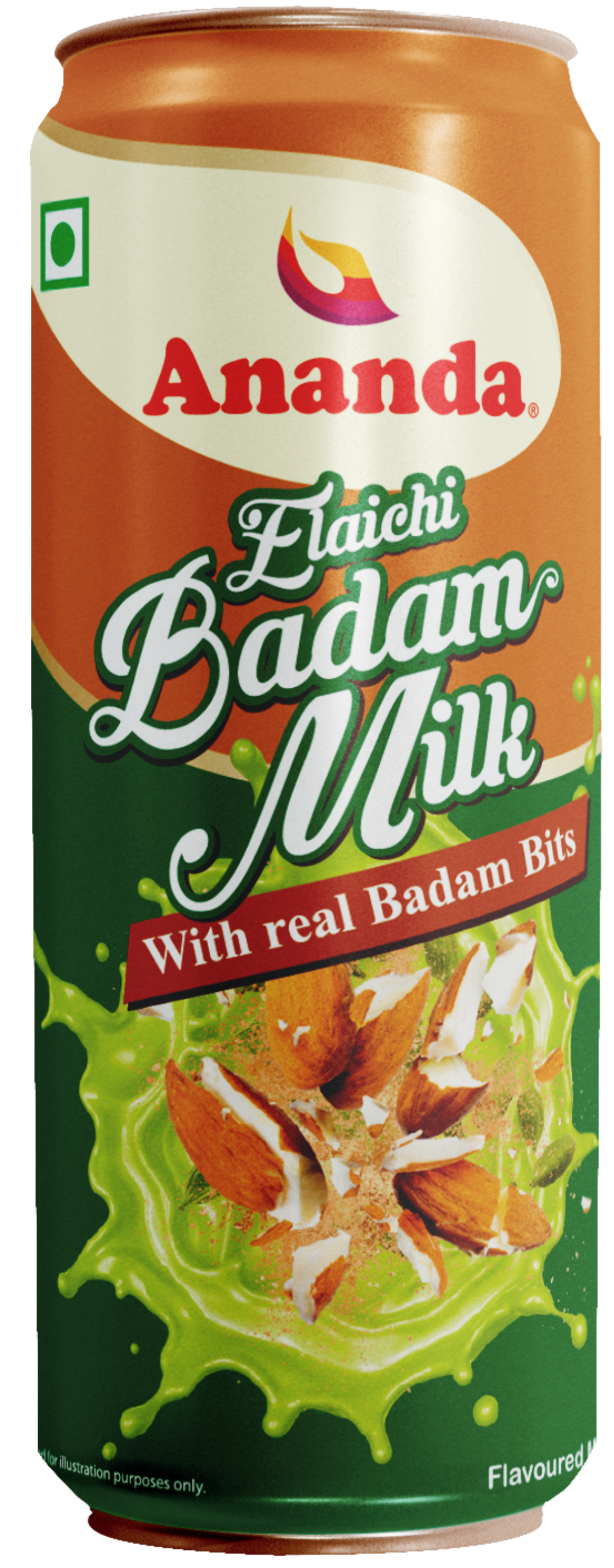

Products
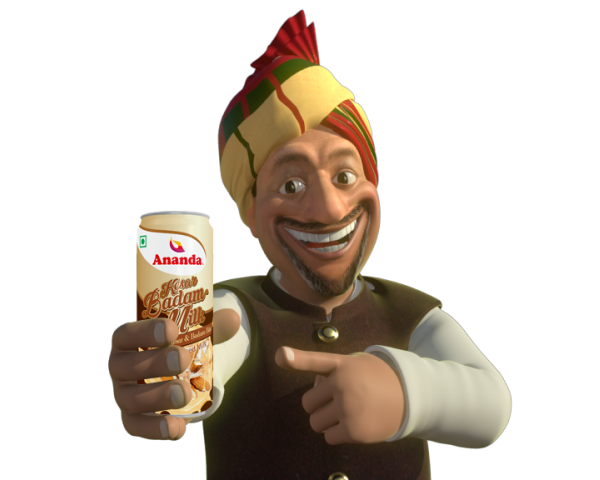
Ananda Paneer Spread is a creamy, wholesome delight made from fresh paneer, perfect for enhancing meals with flavor and richness.
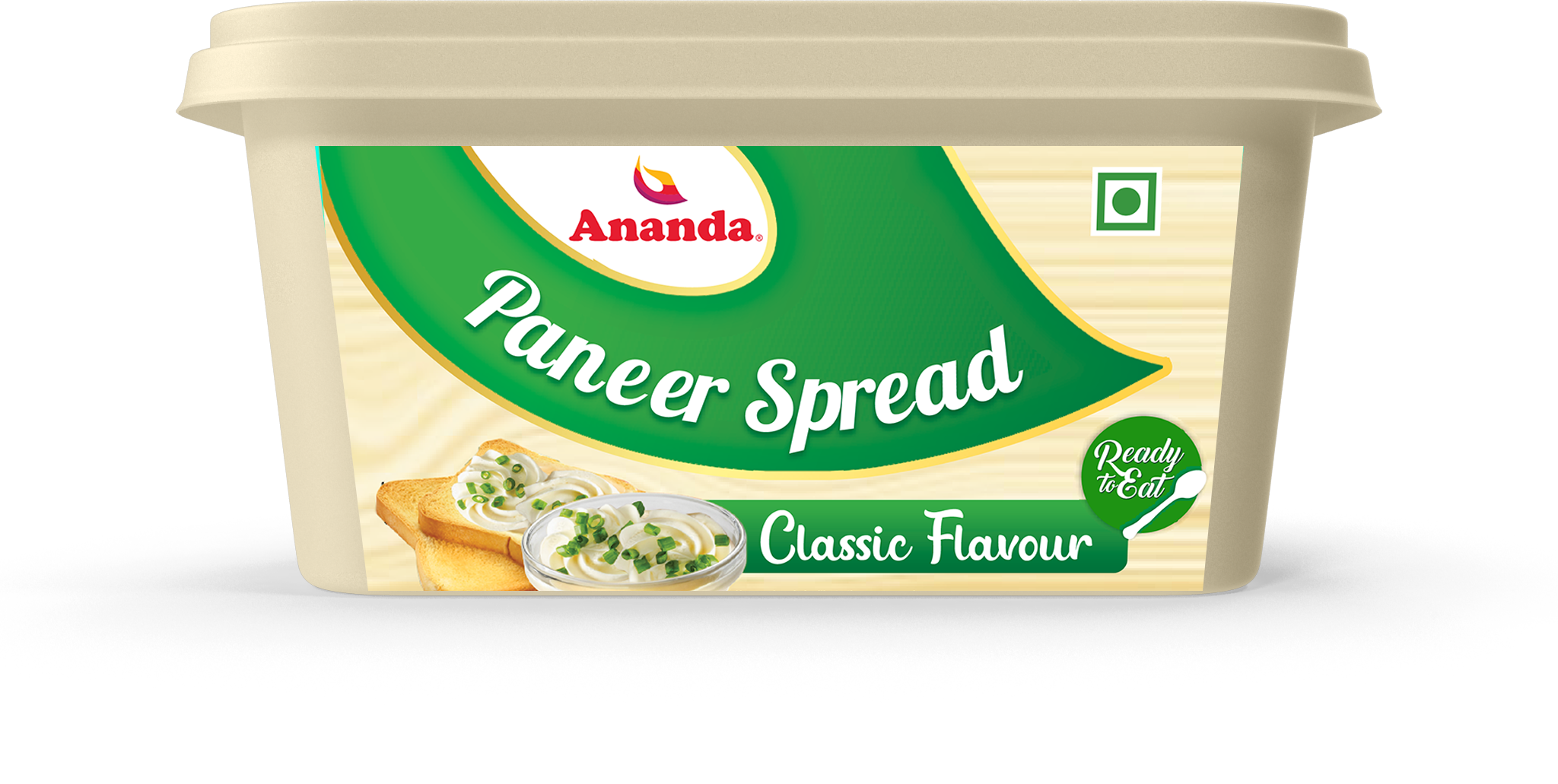
Content farm is a company that employ large numbers countdown.
Content farm is a company that employ large numbers countdown.
Content farm is a company that employ large numbers countdown.
Distributors
Products
States
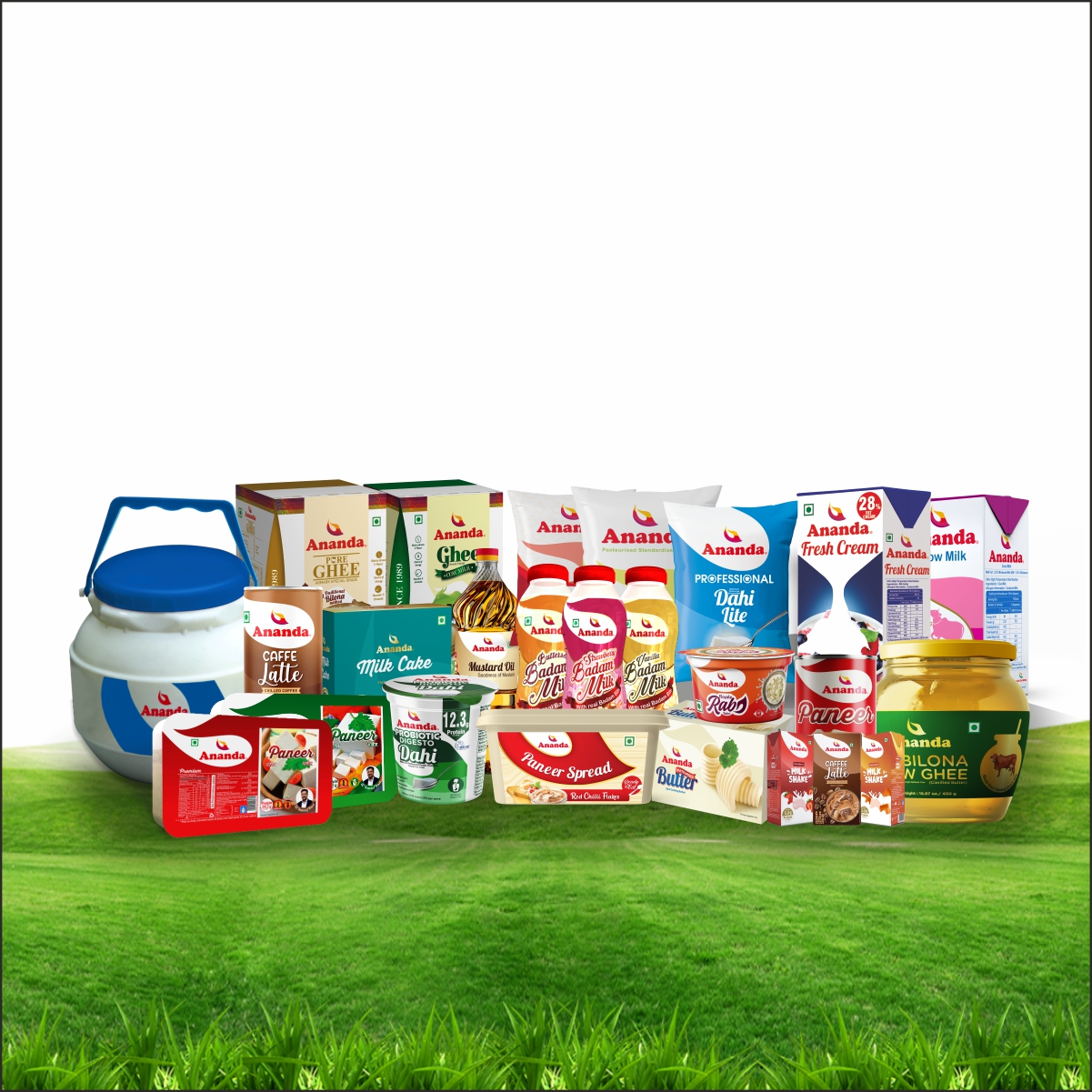
Events
The Largest Paneer Slab
Ananda Creates History and lists itself in the GUINNESS WORLD RECORDS ACHIEVEMENT™
Ananda Dairy is excited to announce its participation in Gulfood 2025, the world's largest annual food and beverage trade exhibition. The event is scheduled from February 17 to February 21, 2025, at the Dubai World Trade Centre. You can find Ananda Dairy at Hall 2, Stand C2-25, within the Indian Pavilion.
Ananda Utsav 2025 – where every smile told a story, every cheer echoed togetherness, and every moment became a memory to treasure. ❤ Celebrating the spirit of togetherness and the incredible bond of the Ananda family, the event was a perfect blend of fun, pride, and heartfelt moments. Ananda Utsav is not just a celebration — it’s a tribute to purity, people, and the spirit of togetherness that powers Ananda Dairy.